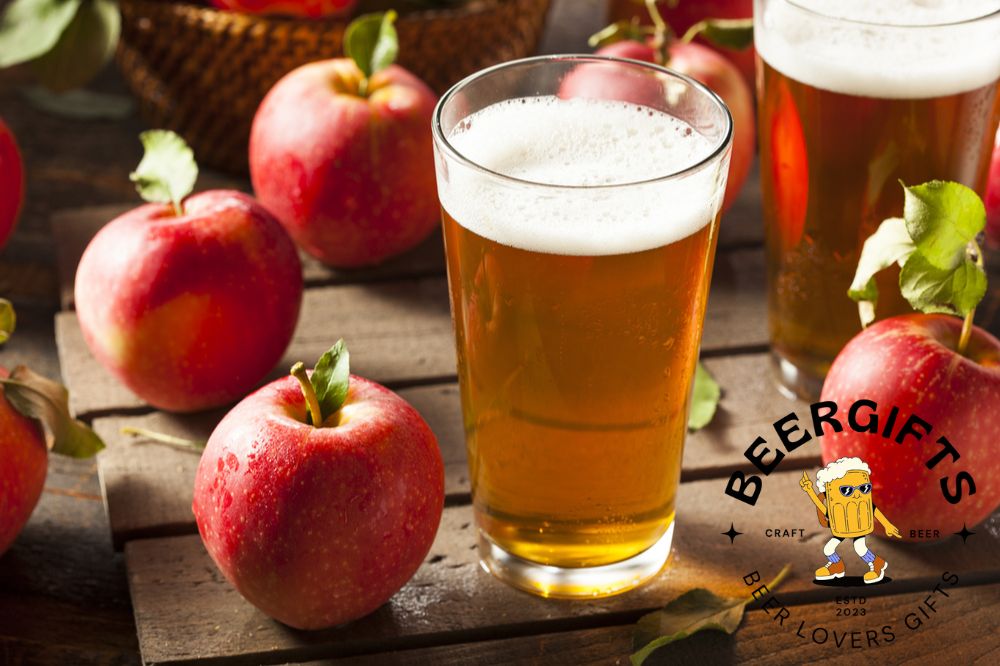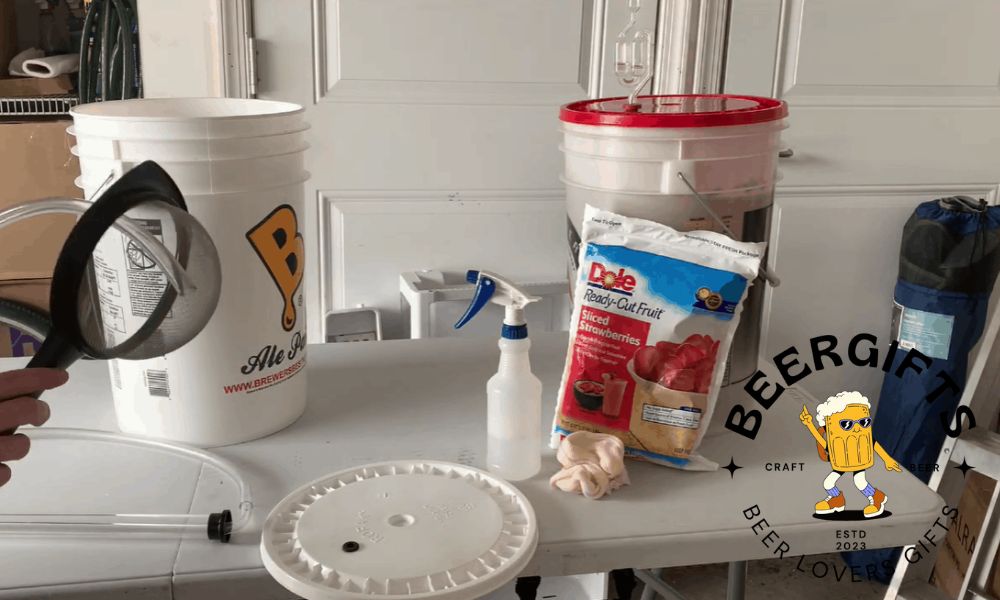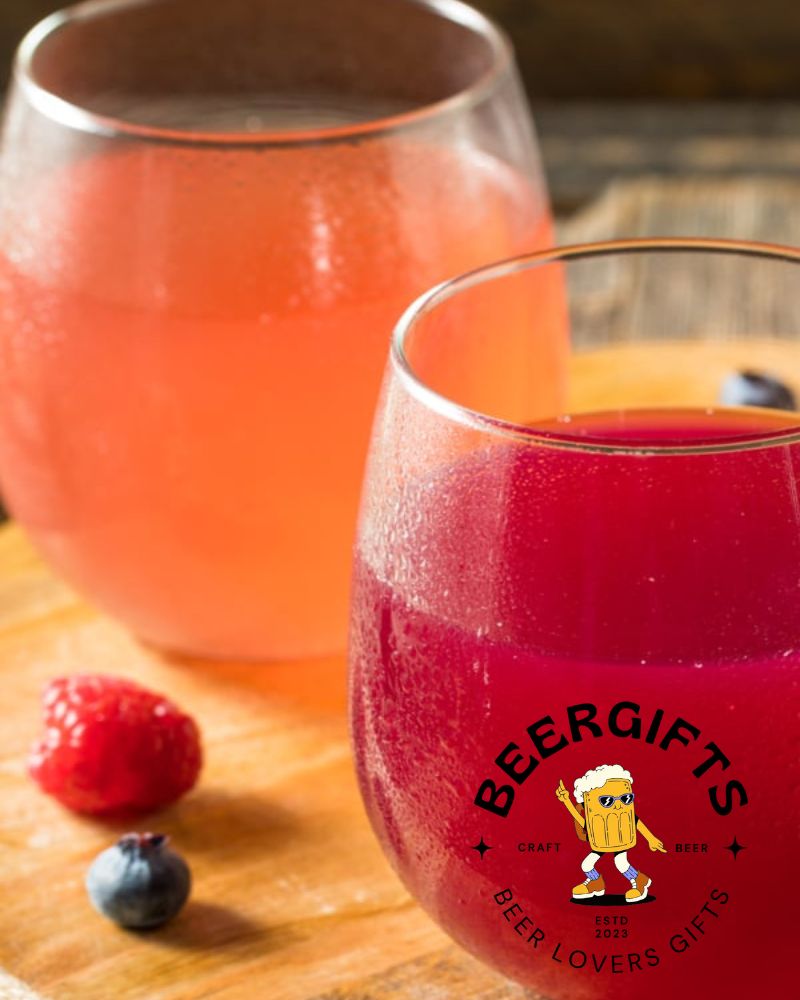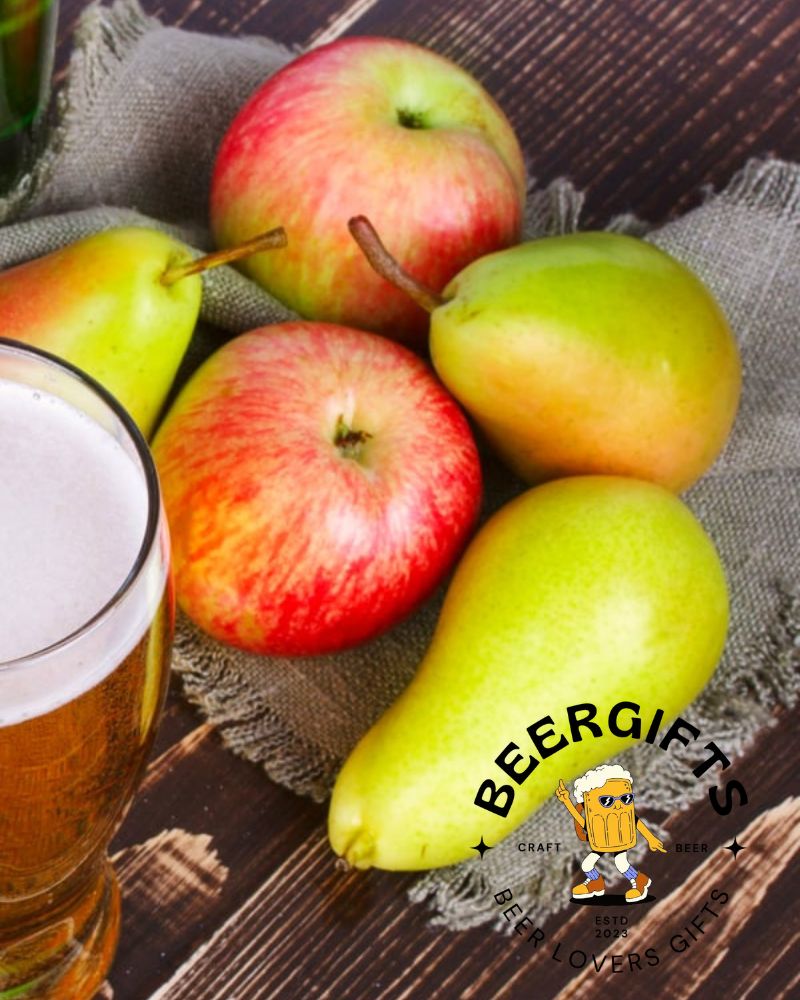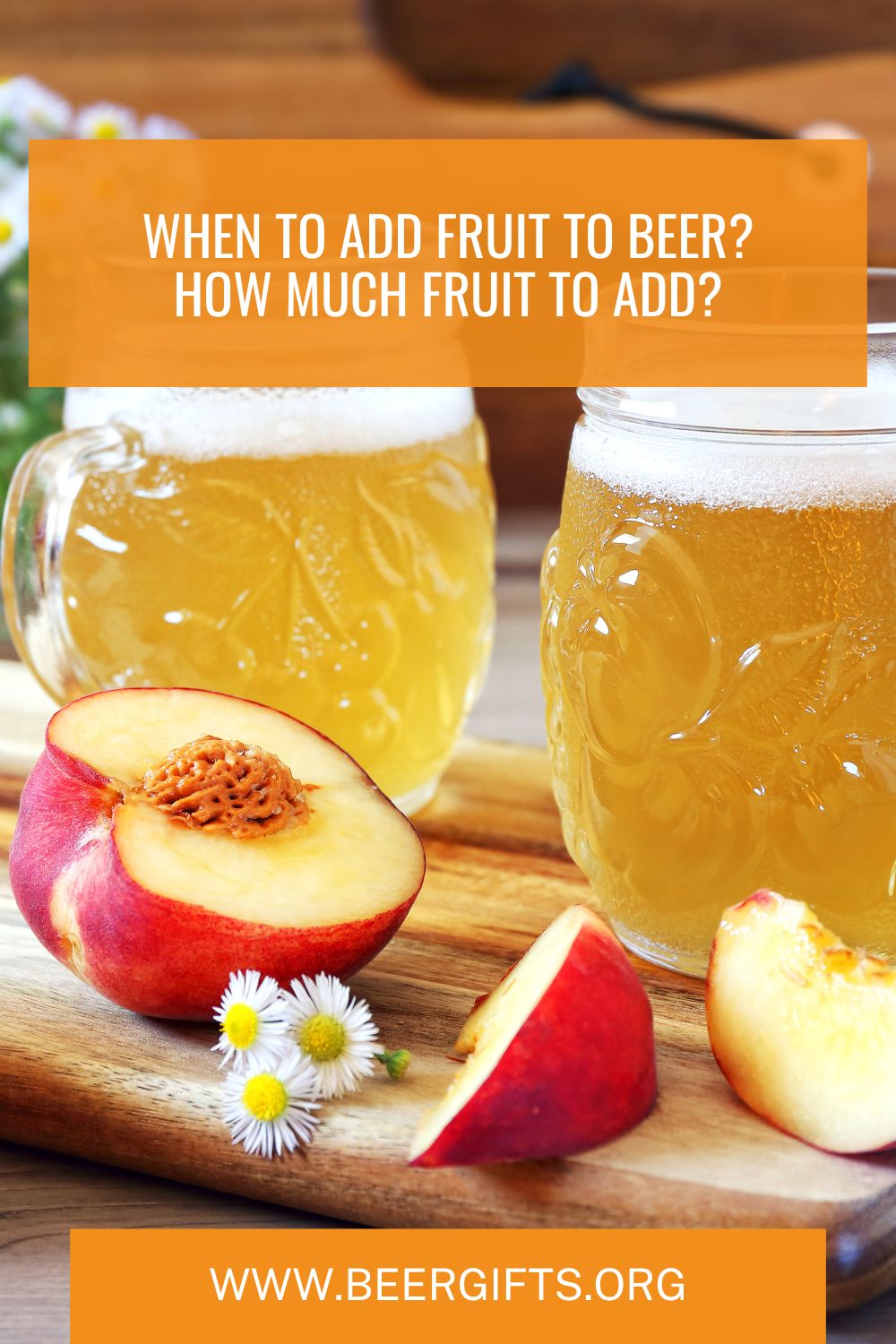Many people enjoy drinking fruit beer. Once you decide to brew this fruity beverage, one of the crucial questions is when to add fruit to beer and how to do that. When added too early, it will probably upset the delicate sugar balance at the beginning of fermentation. That is why it is so important to get all the relevant information on time.
Start your job by selecting the desired beer type and the correct fruit combination. Then, it is time to determine the way to get the result you want. Keep in mind that inadequate use of fruit may contaminate your batch. Be careful, well-informed, and dedicated, and you will undoubtedly be successful.
When to Add Fruit to Beer?
In hot wort
Maybe you believe that adding fruit to the boiling wort is an excellent idea since it will kill harmful bacteria. It sounds great, but it is actually not a wise idea at all. The problem is pectin. When you let fresh fruit boil, it will release this compound, and you will get the off-flavored and clouding beer.
You should add whole fruit, juice, or puree when boiling ends. That way, you will get quick pasteurization and prevent potential contamination. Adding fruit after boiling, when temperatures are between 160 to 170 F (71 – 77 C), will avoid extracting pectin, but they will be enough to kill bacteria from the fruit surface.
There are two options to add fruits:
- To the hot wort – In this case, do it like making a cup of tea. Put pieces in a nylon bag and submerge them in the hot wort after boiling for at least half an hour.
- To the fermenter directly – In this case, make a fruit puree before adding it to the fermenter. It is a better option when you use store-bought juice instead of fresh fruit.
You should experiment and find the way that works best for you. Most brewers claim that they get the best results when adding fruit to the wort 6 to 7 days before bottling.
In some cases, your final product may lose the fruity taste when adding it during the primary fermentation. Secondary fermentation is definitely a better time to add fruit to the wort.
You can also extend the secondary fermentation time by 5 to 7 days for an even better effect. In such a case, you will allow the total sugars fermentation before bottling your fruit-flavored homebrew.
Keep in mind that adding fruit directly into the fermenter during fermentation will affect fruit character. Therefore, it will taste entirely different than the beer you get when adding fruit after this process.
In the mash
When you make the all-grain brew, you can also add fresh fruits to the mash. Cut it into pieces and stir them into the grains during mashing until sugars dissolve into the final mash. The advantage of this option is killing bacteria and yeast during boiling.
The primary disadvantage of this solution is the loss of fruit aromas after boiling and primary fermentation. In such a case, you will get a beer with cooked fruit flavor.
Therefore, it is better to avoid this way except when you brew pumpkin ale because you want to get a cooked pumpkin aroma in this beer type. That is also an excellent option when you use pasteurized fruit purees and concentrates instead of fresh fruit since they are already sterile.
Which Fruit to Add?
You can undoubtedly elevate your beers with the natural goodness of fruit purees. But which fruits should you use?
Most brewers use cherry, raspberry, and apricot for brewing because these fruits are most practical to work with. They have a low water concentration, while the flavor concentration is high, so you won’t need to add too many of them to get desired taste.
When you decide to use kiwis, strawberries, peaches, or pears rich in water, it will be necessary to add more fruit per gallon. The best option to get the beer that looks fruity at first glance is to consider red fruit like cherries and raspberries.
Always decide which beer type you want to brew and then choose the fruit that best fits its characteristics. For a start, it is an excellent solution to buy various commercial brews and try them.
- Belgian sour beer – Cherries match wonderfully with krieks, but you need to find the best balance between the fruit sweetness and beer tartness.
- IPA beer – The best option is to combine this beer type with citruses. Adding grapefruit aromas will enhance the brew flavors.
- Wheat beer – It usually goes with citrus peel, including oranges, grapefruit, and tangerines.
- Dark beer – This type requires plums or red berries.
Fresh Fruit or Something Else?
Many homebrewers add whole fruit to their brews, but you can also consider a few other options. It is crucial to pick out high-quality ingredients if you want to get the ultimate product. Let’s take a look at the best choices.
Fresh fruit
I prefer adding fresh fruit to my brew, but this option is limited to the season, particularly if you choose to use local ones. That way, you will exactly know what to buy and can pick out the best fruit available to get the ultimate beer flavor.
You should choose ripe fruit in excellent condition and avoid rotten and low-quality ones. If you have a garden, you can produce some on your own. In any case, you need to process fresh fruit yourself, including:
- Peeling
- Cutting
- Removing leaves, pits, and stems
- Mashing
- Pureeing
Take care to ensure the required clean and sanitary conditions for these procedures. Be careful with plums or grapes skin since it often contains wild yeast that may affect the final beer flavor.
Frozen fruit
Frozen fruit is usually well-ripen since producers freeze them right at the ripest point. With this option, you will get the product with the ideal flavor and sugar level for brewing. Another advantage of this option is fruit cell membranes that decompose at the moment of freezing, which will allow the juice to enter the beer quickly.
Avoid the frozen fruit that contains preservatives since these compounds will probably kill the yeast. Always thaw it out on time. Adding frozen fruit to the fermenter will shock the yeast and negatively affect its activity.
Puree, concentrate, juice, or canned fruit
Puree and canned fruit are consistent, cleaned, and pre-sanitized, which makes them safe to use. Plus, these products don’t contain stems and leaves. The primary downside of this option is the lack of fruit freshness and a bit cooked flavor.
One of the less demanding solutions is to choose pasteurized canned fruit puree or juice. However, be prepared that this product always contains a certain amount of added sugar.
Fruit extracts
Using a fruit extract is the quickest and least demanding way to add desired fruit flavor to your brew. You should buy a bottle of 4 ounces (1.2 dl) and add it to a beer batch of 5 gallons (19 l) just before bottling.
Keep in mind that some brewers think it is too much. The best option is to add 2 ounces (60 ml) first and then adjust the amount to your liking. It is better to add less extract than to get the too strong flavor you won’t like.
Be prepared that extracts provide more intense aromas. If you find the flavor too sweet or strong, you should use fresh, canned, or frozen fruit next time.
How Much Fruit to Add
There is no determined fruit amount you need to add to your beer. It will primarily depend on the beer type and your taste. Therefore, the best solution is to experiment a bit to discover the right balance between the brew quality and fruit characteristics.
I can give you a starting point for calculating, but your experience will be crucial in this case. You should also determine the fruit’s sweetness level and its freshness before adding it to the brew.
How much fruit to add |
|
|
Fruit type |
Amount per 1 gallon (3.8 l) of brew |
|
Citrus |
0.25 to 1 pound (0.1 – 0.45 kg) |
| Passion fruit |
0.25 to 1 pound (0.1 – 0.45 kg) |
|
Apricots |
0.25 to 2 pounds (0.1 – 0.9 kg) |
| Raspberries |
0.25 to 2 pounds (0.1 – 0.9 kg) |
|
Cherries (sour) |
0.25 to 2 pounds (0.1 – 0.9 kg) |
| Currants |
0.33 to 1.5 pounds (0.15 – 0.7 kg) |
|
Cherries (sweet) |
0.33 to 4 pounds (0.15 – 1.8 kg) |
| Mango |
0.5 to 1,5 pounds (0.2 – 0.7 kg) |
|
Plums |
0.5 to 2 pounds (0.2 – 0.9 kg) |
| Blueberries |
0.5 to 3 pounds (0.2 – 1.4 kg) |
|
Strawberries |
0.5 to 3 pounds (0.2 – 1.4 kg) |
| Blackberries |
0.5 to 4 pounds (0.2 – 1.8 kg) |
|
Peaches |
0.5 to 5 pounds (0.2 – 2.3 kg) |
| Chilli |
To taste |
For example, you may need 2 pounds (0.9 kg) of raspberries to get 5 gallons (19 l) of top-flavored Stouts. On the other hand, the same amount of this particular fruit will overwhelm the Pale Ale taste.
Summary
Adding fruit to homebrewing beer is an uncomplicated and quite effortless process. You should add it in the crucial moment. If you follow the procedure, you will get the flavored beverage you will be proud of. Otherwise, you will ruin the final product and get the beer you won’t enjoy.

